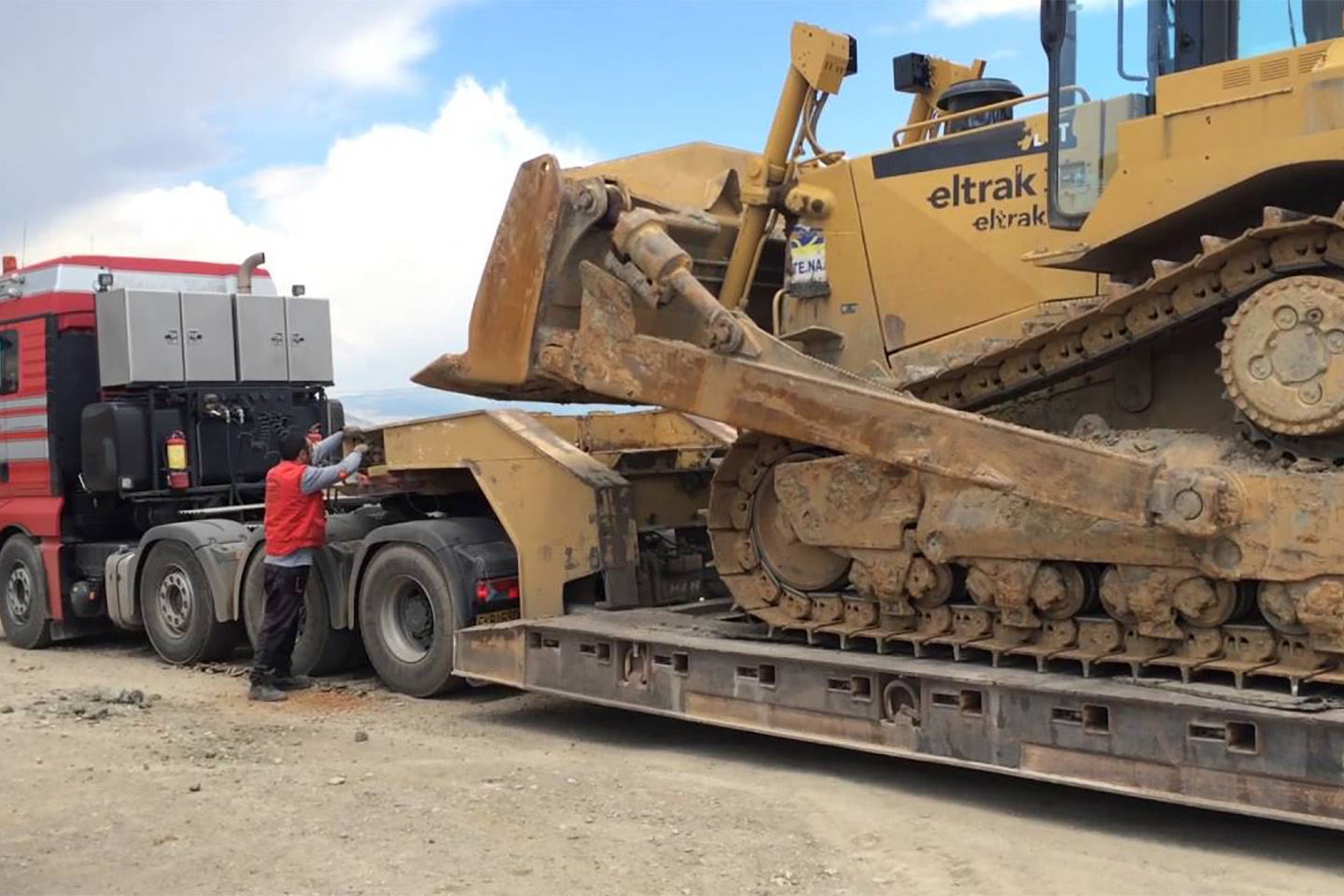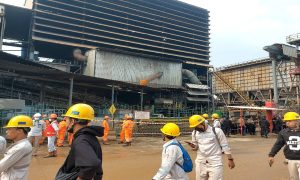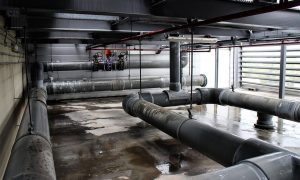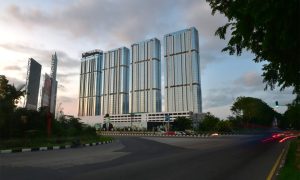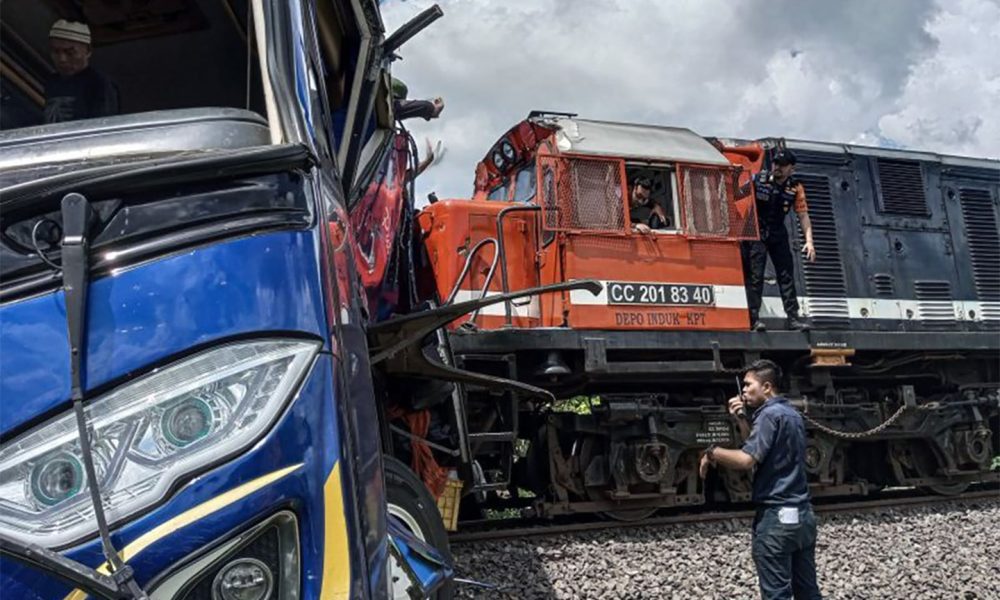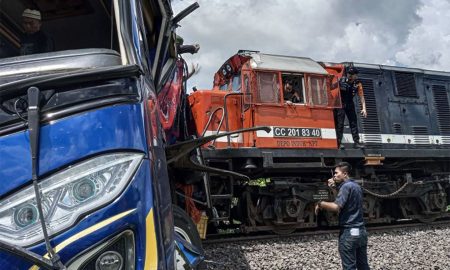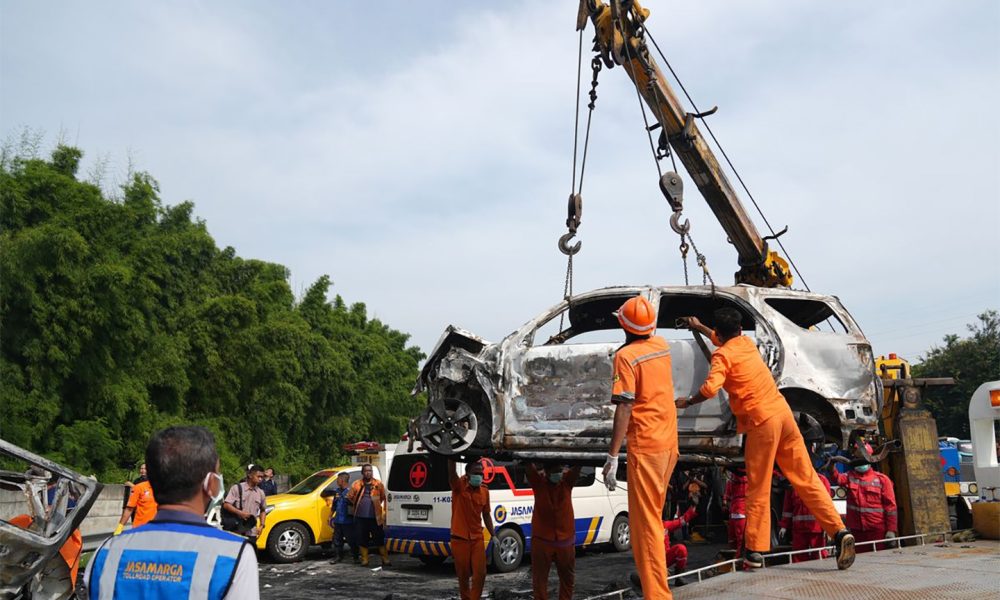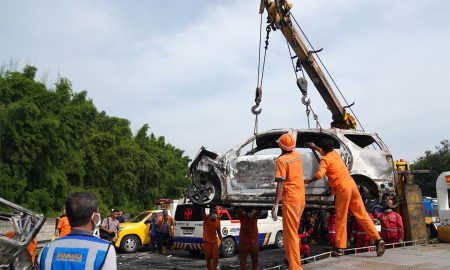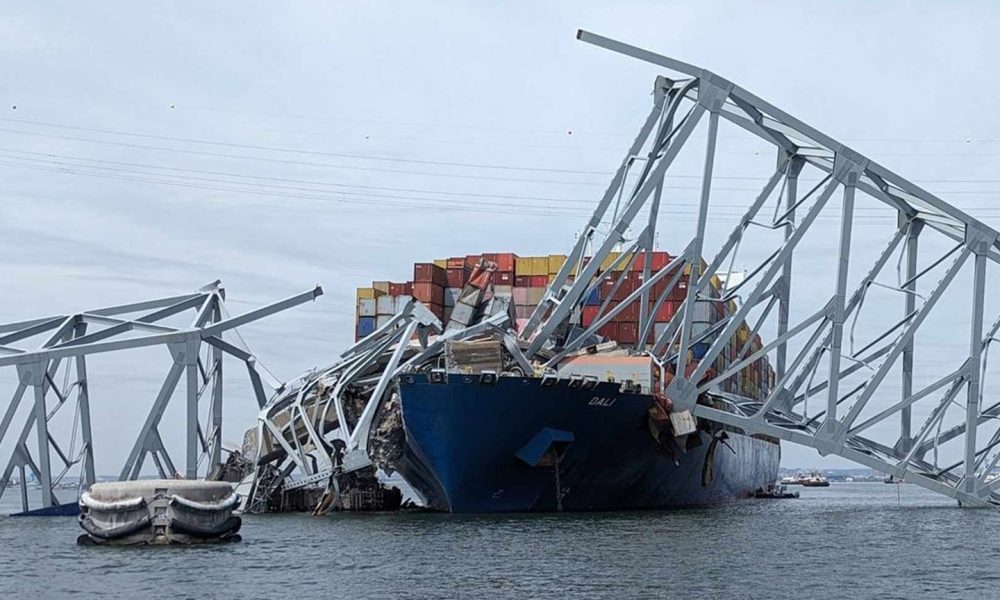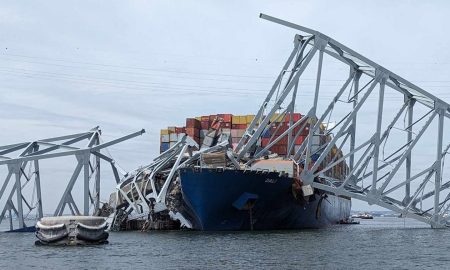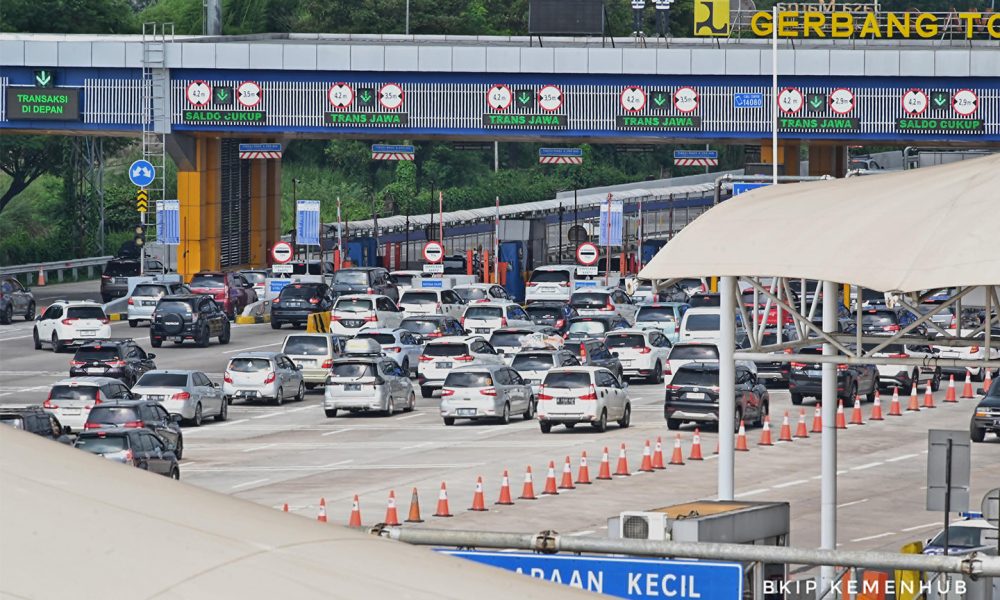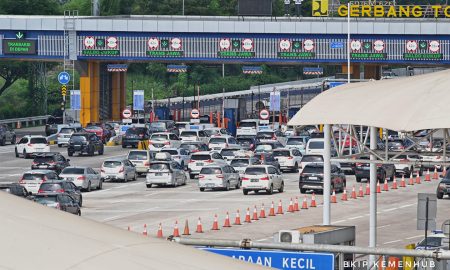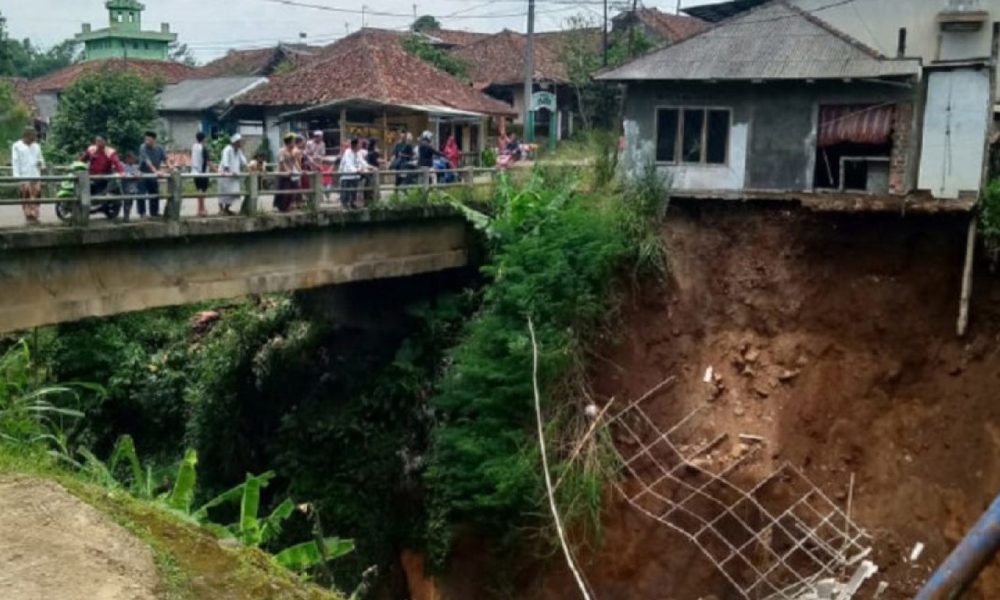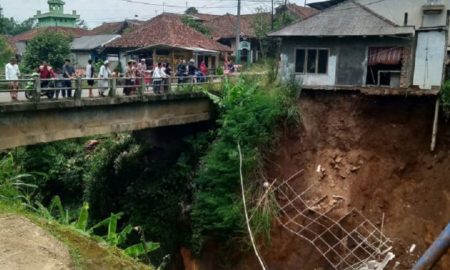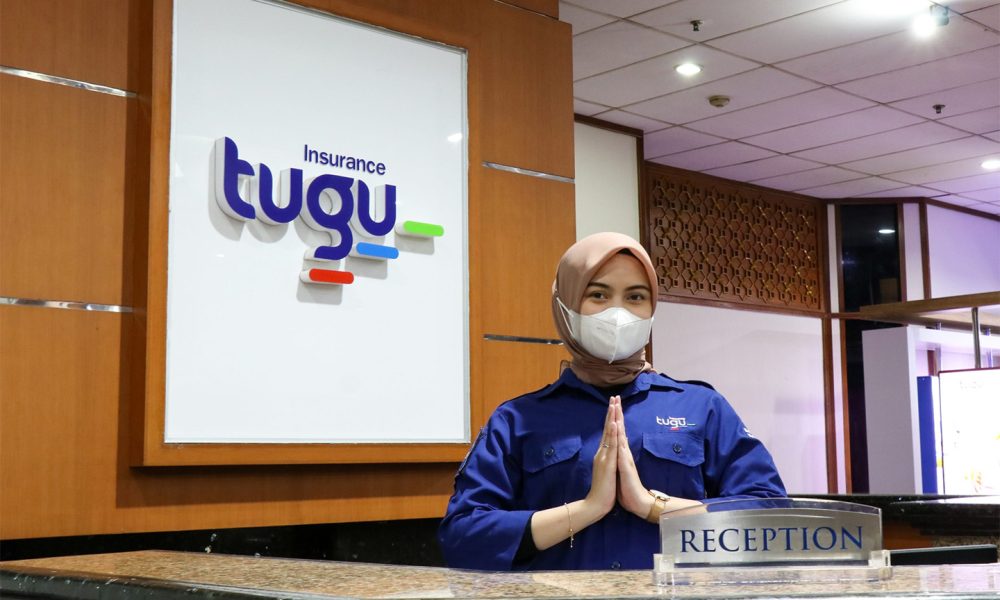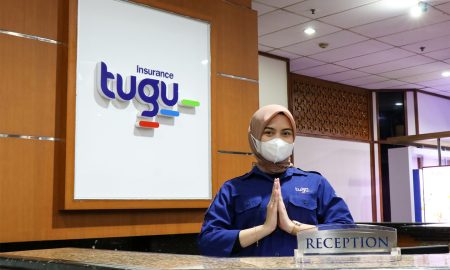Dear risk takers, how are you? I hope your business is running well.
Let us continue discussing risk management and insurance; this time, we will discuss the risk of mobilization and demobilization of heavy equipment and construction plants. If you are interested in this article, please share it with your friends so they can understand as you do.
The mining and construction industry is characterized by its dynamic and demanding nature, involving complex operations, hazardous environments, and substantial investments. With projects that span vast landscapes and involve heavy machinery, high-value equipment, and a diverse workforce, the industry inherently exposes stakeholders to many risks.
Insurance is a critical safety net for mining and construction companies, providing essential financial protection against unforeseen events and their consequential impacts. It is a potent risk transfer mechanism, mitigating the financial burden of property damage, liability claims, equipment failures, or other unexpected circumstances. Insurance coverage ensures that organizations can focus on their core activities, secure their investments, and fortify their operational continuity.
Risk management and insurance are vital in the mining and construction industry due to the inherent complexities and potential hazards. Mining operations encompass intricate processes, ranging from exploration and excavation to transportation and processing of minerals.
Construction projects involve diverse activities, including site preparation, structural engineering, and infrastructure development. Each phase introduces unique risks requiring comprehensive risk management and robust insurance coverage.
The mining industry faces risks such as geological instability, underground accidents, worker safety hazards, environmental concerns, and regulatory compliance. Construction projects have delays, cost overruns, equipment breakdowns, and potential liabilities. By integrating effective risk management measures and securing appropriate insurance coverage, stakeholders can mitigate these risks, protect their investments, and ensure the sustainable success of their mining and construction endeavors.
THE RISKS OF MOBILIZATION AND DEMOBILIZATION
Mobilizing and demobilizing construction plants and equipment involve unique risks that project stakeholders must carefully navigate. These risks can significantly impact project timelines, costs, and operational efficiency. Understanding and addressing these risks is crucial for successful project execution. Here are some critical risks associated with mobilizing and demobilizing construction plants and equipment:
Transportation Accidents
Moving heavy machinery and equipment from one location to another involves road, rail, or water transport. This transportation process presents risks such as accidents, collisions, and damage to the equipment. Poorly secured loads, adverse weather conditions, or inadequate handling procedures can increase the likelihood of accidents during transit.
Equipment Damage
During mobilization and demobilization, there is a higher risk of equipment damage due to mishandling, improper storage, or insufficient maintenance practices. Machinery and equipment may incur physical damage or experience mechanical failures, resulting in costly repairs, delays, and decreased productivity.
Theft and Vandalism
Construction plants and equipment are valuable assets that can be attractive targets for theft or vandalism. During mobilization or when stored at temporary locations, equipment may be susceptible to theft, unauthorized use, or malicious acts of vandalism. The loss of equipment can significantly impact project timelines and incur substantial financial losses.
Occupational Hazards
Mobilizing and demobilizing construction plants and equipment involve various activities that expose workers to occupational hazards. These hazards can include manual handling injuries, falls from heights, exposure to hazardous materials, or accidents related to equipment operation. Failure to address these hazards can lead to workplace injuries, decreased productivity, and potential legal liabilities.
Regulatory Compliance
Mobilizing and demobilizing construction plants and equipment often require adherence to local regulations, permits, and transportation guidelines. Failure to comply with these regulations can result in fines, penalties, delays, or even project shutdowns. Understanding and fulfilling legal requirements ensures smooth mobilization and demobilization processes.
Environmental Impact
Construction plants and equipment can have environmental implications during mobilization and demobilization. Fuel spills, improper waste disposal, or disturbances to protected areas can lead to environmental damage and non-compliance with environmental regulations. Adhering to environmental protocols and implementing proper mitigation measures minimizes these risks.
Project Delays and Cost Overruns
Inadequate planning, unforeseen risks, and inefficient mobilization or demobilization processes can contribute to project delays and cost overruns. Delays in acquiring, setting up, or removing equipment can disrupt project schedules, increase labor costs, and impact project profitability.
Addressing these risks requires a comprehensive risk management approach. It involves conducting thorough risk assessments, implementing preventive and mitigation measures, training employees on safe practices, ensuring proper equipment maintenance, securing storage facilities, and obtaining appropriate insurance coverage.
THE IMPORTANCE OF CONDUCTING A THOROUGH RISK ASSESSMENT BEFORE MOBILIZATION
Conducting a thorough risk assessment before mobilizing or demobilizing construction plants and equipment is paramount. It is a proactive approach that allows project stakeholders to identify, analyze, and understand the potential risks involved in these critical phases. Let’s discuss the significance of conducting a thorough risk assessment:
Identifying Potential Hazards
A comprehensive risk assessment helps identify potential hazards specific to mobilization and demobilization processes. It enables stakeholders to recognize risks such as transportation accidents, equipment damage, theft, vandalism, or occupational hazards that may arise during these phases. By identifying these risks early on, appropriate mitigation strategies can be developed to address them effectively.
Understanding Risk Severity and Impact
A thorough risk assessment allows evaluating identified risks’ severity and potential impact. This helps project stakeholders prioritize their risk management efforts and allocate resources accordingly. By understanding the severity and impact of risks, stakeholders can focus on high-risk areas and implement targeted mitigation measures to minimize their consequences.
Enhancing Safety and Mitigating Occupational Hazards
Risk assessments shed light on potential occupational hazards faced by workers during mobilization and demobilization. By identifying these hazards, appropriate safety measures and procedures can be implemented to minimize the risks to personnel. This includes providing adequate training, personal protective equipment, and safe working practices to mitigate injuries and promote a safer work environment.
Minimizing Financial Losses
Thorough risk assessments enable project stakeholders to anticipate and mitigate risks that could result in financial losses. By identifying risks such as equipment damage, theft, or project delays, appropriate preventive measures and insurance coverage can be implemented to minimize financial impacts. This includes implementing security measures and maintenance protocols and acquiring comprehensive insurance coverage tailored to the identified risks.
Ensuring Compliance with Regulations and Standards
Risk assessments help identify regulatory requirements and standards for mobilization and demobilization processes. By conducting a thorough assessment, stakeholders can ensure compliance with legal obligations, permits, transportation guidelines, and environmental regulations. This helps avoid potential fines, penalties, and project disruptions resulting from non-compliance.
Optimizing Project Planning and Execution
A comprehensive risk assessment provides valuable insights that inform project planning and execution strategies. Stakeholders can incorporate necessary risk mitigation measures into project schedules, budgets, and logistics planning by identifying potential risks and their impacts. This allows for a more efficient and effective mobilization and demobilization process, reducing the likelihood of project delays, cost overruns, and disruptions.
TYPES OF INSURANCE COVERAGE AVAILABLE FOR EQUIPMENT TRANSPORTATION
Insurance coverage is crucial in managing the risks associated with construction plants and equipment. Several types of insurance coverage are available specifically designed for the construction industry. Let’s explore some of the critical types of insurance coverage for construction plants and equipment:
Property Insurance
Marine Cargo Insurance, also known as Equipment Floater Insurance, this coverage protects construction plants and equipment while in transit, being stored, or in use at a job site. It typically covers theft, vandalism, fire, flood, and accidental damage.
Liability Insurance
Liability insurance protects against third-party claims for bodily injury, property damage, or personal injury arising from construction operations. It typically includes coverage for accidents, negligence, and liability for on-site injuries or damage to neighboring properties.
Workers’ Compensation Insurance covers medical expenses, lost wages, and rehabilitation costs for workers injured or ill. It is typically mandatory in most jurisdictions and helps protect workers and employers from financial burdens associated with workplace injuries.
By securing the appropriate insurance coverage, construction companies can mitigate financial risks, protect their assets, comply with contractual obligations, and ensure their operations are adequately protected in the event of accidents, damages, or legal claims.
SELECTING THE VESSELS
Selecting the appropriate vessels and conveyance for transporting construction plants and equipment is crucial for ensuring the safety and security of the cargo throughout the transit process. Here’s an explanation of the importance of this selection and how it can be done effectively:
Ensuring Compatibility and Safety
Different types of construction plants and equipment have unique transportation requirements. Selecting vessels and conveyance compatible with the cargo’s size, weight, dimensions, and nature is essential to ensure safe and secure transportation.
The selected vessels and conveyance should have the necessary infrastructure, such as appropriate loading/unloading mechanisms, securing systems, and structural strength, to handle the specific equipment transported.
Consideration should be given to factors such as weather conditions, road or sea conditions, and any potential hazards along the transportation route. Choosing vessels and conveyances suitable for the prevailing conditions helps minimize the risk of damage or accidents during transit.
Compliance with Regulations and Permits
Transportation of construction plants and equipment often requires adherence to various regulations and obtaining permits. The selected vessels and conveyance should comply with applicable transportation regulations, including weight restrictions, size limitations, and road or maritime safety standards.
Contractors should ensure that the vessels and conveyance have the necessary permits and certifications to transport oversized or heavy cargo, hazardous materials, or specialized equipment.
Expertise and Experience
Selecting reputable transportation providers with expertise and experience handling construction plants and equipment is vital. These providers understand the specific requirements, challenges, and best practices of transporting such cargo.
Consider factors such as the transportation company’s track record, fleet capabilities, experience with similar cargo, and commitment to safety and security protocols.
Risk Assessment and Insurance Considerations
Conducting a thorough risk assessment of the transportation process helps identify potential risks and vulnerabilities. The assessment should consider route hazards, potential delays, security risks, and environmental conditions.
Based on the risk assessment, contractors can review their insurance coverage to ensure it aligns with the transportation risks. It is essential to communicate with insurance providers to verify that the selected vessels and conveyance meet the requirements for insurance coverage.
The selection of vessels and conveyance can be made through a comprehensive evaluation process that involves the following:
- Assessing the specific transportation requirements of the construction plants and equipment.
- Researching transportation providers, considering their reputation, capabilities, and experience.
- Requesting and evaluating proposals from potential providers, including their proposed vessels and conveyance options.
- Conducting site visits or inspections to verify the vessels’ suitability and cargo’s conveyance.
- Verifying compliance with regulations, permits, and insurance requirements.
- Considering feedback and references from other clients using the transportation services.
By carefully selecting vessels and conveyance that align with the cargo’s characteristics and transportation requirements, contractors can ensure the safe, efficient, and secure transportation of construction plants and equipment, minimizing the potential for damage, delays, or accidents.
FOR THE INSURANCE OF MOBILIZATION OF HEAVY EQUIPMENT, WHY DO YOU NEED AN INSURANCE BROKER?
Engaging the services of an insurance broker for mobilization and demobilization in the construction industry can bring several benefits. Here’s why having an insurance broker is valuable in this context:
Expertise and Industry Knowledge
Insurance brokers specialize in insurance and risk management. They possess extensive knowledge of the construction industry and the specific risks associated with mobilization and demobilization.
Brokers stay updated with the latest insurance products, coverage options, and industry trends. They can leverage their expertise to assess your needs, identify potential risks, and recommend appropriate insurance solutions.
Access to Multiple Insurance Markets
Insurance brokers have access to a wide range of insurance providers and markets. They can shop around and obtain quotes from various insurers, ensuring you have access to competitive pricing and comprehensive coverage options.
Brokers can present you with multiple insurance proposals, allowing you to compare and select the policies that best align with your risk profile, coverage requirements, and budget.
Tailored Insurance Solutions
Insurance brokers work closely with you to understand your unique requirements and risks associated with mobilization and demobilization. They can customize insurance programs that address your specific needs, ensuring you have adequate coverage in place.
Brokers can help you navigate complex insurance policies, explaining the terms and conditions, exclusions, and limitations. They ensure you clearly understand what is covered and any gaps.
Risk Assessment and Mitigation Strategies
Insurance brokers often provide risk assessment services, helping you identify potential risks and vulnerabilities associated with mobilization and demobilization. They can conduct comprehensive risk assessments to evaluate your exposures and recommend mitigation strategies.
By working closely with a broker, you can proactively manage risks and implement risk control measures to minimize potential losses. Brokers can guide you on best practices and risk management techniques to improve safety and reduce the likelihood of accidents or damage.
Claims Assistance and Advocacy
In the event of a claim, insurance brokers act as your advocates. They assist with claims submissions, documentation, and negotiations with insurance companies on your behalf. Brokers have the expertise to help expedite the claims process and ensure you receive fair and timely settlements.
Brokers provide ongoing support throughout the claims process, helping you navigate challenges and ensuring a smooth resolution.
Insurance brokers bring valuable expertise, access to insurance markets, and customized solutions to mobilization and demobilization in the construction industry. They are vital in helping you assess risks, obtain appropriate coverage, manage claims, and mitigate potential financial and operational impacts. Partnering with an insurance broker can provide peace of mind and help protect your business and assets.
One of the leading insurance brokers in Indonesia focusing on mobilization and demobilization insurance is L&G Insurance Broker.
For all your insurance needs, please call L&G now!
CONCLUSIONS
The mobilization and demobilization of construction plants and equipment involve inherent risks that can have significant financial and operational impacts on construction projects. Construction companies must prioritize risk management and insurance as integral components of their overall project strategy.
By recognizing potential hazards such as transportation accidents, equipment damage, theft, and vandalism, construction companies can take proactive steps to mitigate these risks. Conducting a thorough risk assessment before mobilization or demobilization allows for identifying potential risks, assessing their likelihood and impact, and prioritizing appropriate mitigation strategies.
Insurance coverage plays a pivotal role in managing these risks. Construction companies should explore the different types of insurance coverage available, such as property insurance, liability insurance, workers’ compensation insurance, professional liability insurance, environmental liability insurance, and contractual liability insurance. Working with an insurance broker specializing in construction industry risks can help select the most suitable options with appropriate coverage limits, deductibles, and policy exclusions.
Inadequate risk management can have far-reaching consequences, including financial losses, project delays, damage to reputation, and compromised safety. Construction companies must understand the financial and operational impacts of inadequate risk management and recognize the value of investing in comprehensive risk management strategies and insurance coverage.
Furthermore, selecting vessels and conveyance for transportation is critical to mobilization and demobilization. Contractors must ensure compatibility, safety, compliance with regulations, and expertise of transportation providers when choosing appropriate vessels and conveyance. Engaging the services of an insurance broker brings expertise, industry knowledge, access to multiple insurance markets, and tailored insurance solutions to navigate the complexities of risk management and insurance for mobilization and demobilization.
L&G Insurance Broker, the leading insurance broker in Indonesia, presents this article.
—
LOOKING FOR INSURANCE PRODUCTS? DON’T WASTE YOUR TIME AND CONTACT US RIGHT NOW
L&G HOTLINE 24 HOURS: 0811-8507-773 (CALL – WHATSAPP – SMS)
website: lngrisk.co.id
E-mail: customer.support@lngrisk.co.id
—



